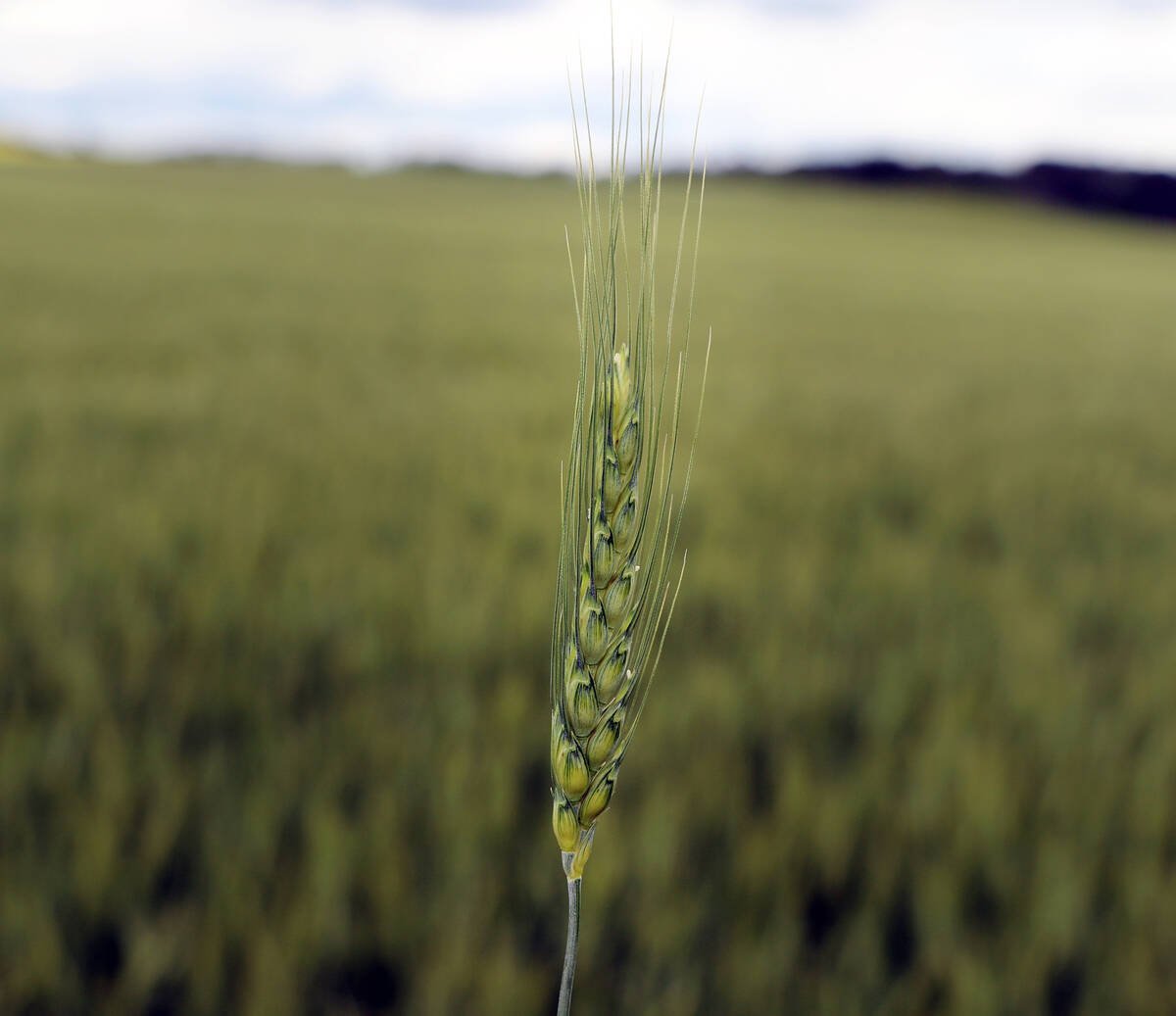SASKATOON — Two of Canada’s top wheat buyers have agreed to significantly ramp up their purchases from the United States.
The U.S. and Indonesia announced a new trade deal in July that removes Indonesian tariffs on 99 per cent of U.S. products.
That deal follows a memorandum of understanding (MOU) between U.S. Wheat Associates (USW) and APTINDO, Indonesia’s flour milling association, signed earlier that month.
Read Also

Organic farmers urged to make better use of trade deals
Organic growers should be singing CUSMA’s praises, according to the Canadian Chamber of Commerce.
Under that agreement, APTINDO committed to doubling its annual purchases of U.S. wheat to one million tonnes per year for the next five years.
Indonesia is Canada’s largest wheat customer, purchasing 2.1 million tonnes of the crop through the first 11 months of 2024-25.
USW also signed an MOU with the Government of Bangladesh in July. The country has agreed to purchase 700,000 tonnes of U.S. wheat annually for the next five years.
Bangladesh has historically been a swing buyer of U.S. wheat with purchases ranging from no imports to a high of 450,000 tonnes in 2019-20, a USW press release said.
Bangladesh is the seventh largest buyer of Canadian wheat, purchasing 1.07 million tonnes during the first 11 months of the 2024-25 campaign.
Leif Carlson, director of market intelligence and trade policy with Cereals Canada, said the two MOUs are a “big concern” for Canadian wheat growers and exporters.
“Any deal where they make a commitment to buy a certain amount of U.S. product isn’t how you’d like to do trade,” he said.
“You’d like it to be driven by market factors.”
The fact that wheat is specifically mentioned in the MOUs is worrisome.
“It definitely catches our attention,” said Carlson.
But a lot will depend on what type of U.S. wheat is traded with Indonesia and Bangladesh. The U.S. is an exporter of many different classes of wheat, some of which does not compete with Canadian wheat.
For instance, a lot of the U.S. wheat that is currently shipped to Indonesia is soft wheat.
“The impact on Canada will to some extent be determined by the Indonesian millers and which classes of wheat they buy from the U.S.,” he said.
It is possible that Indonesia could meet its new U.S. commitments while continuing to import significant volumes of Canadian hard red spring wheat (HRSW).
Carlson said the U.S. does not have much of a foothold in Bangladesh, so it is very likely that it will be drastically increasing its market share in that country.
And it is also likely that millers in that country will be importing HRSW from the U.S., as it has already done this summer.
Cereals Canada will be keeping a close eye on what happens to Canadian imports in that market.
Carlson hopes the work Canada has done cementing its market share in Bangladesh will pay off during this challenging time.
A Reuters report said Indonesian flour millers have bought 250,000 tonnes of U.S. wheat since July, while Bangladesh has approved imports of 220,000 tonnes.
Vietnam, the Philippines and Thailand are also working on agreements that will boost their purchases of U.S. agricultural products.
All three of those countries are significant buyers of Canadian wheat, with purchases during the first 11 months of 2024-25 ranging from 235,400 tonnes to 632,600 tonnes.
Carlson said the extent of the damage caused to Canadian exports will depend on the specific language of the MOUs.
He has heard that discussions with Vietnam surround buying a certain value of U.S. agricultural products, rather than commodity-specific targets.
Carlson said Canada has done a good job carving out substantial wheat market share in those countries and should stick with the strategy that has been successful in that region.
“Cereals Canada has always been supportive of expanded engagement in the Indo-Pacific, and we hope that that can continue,” he said.
















